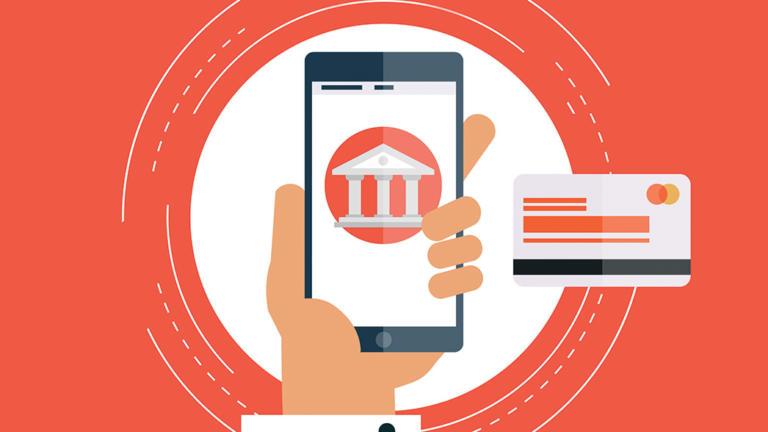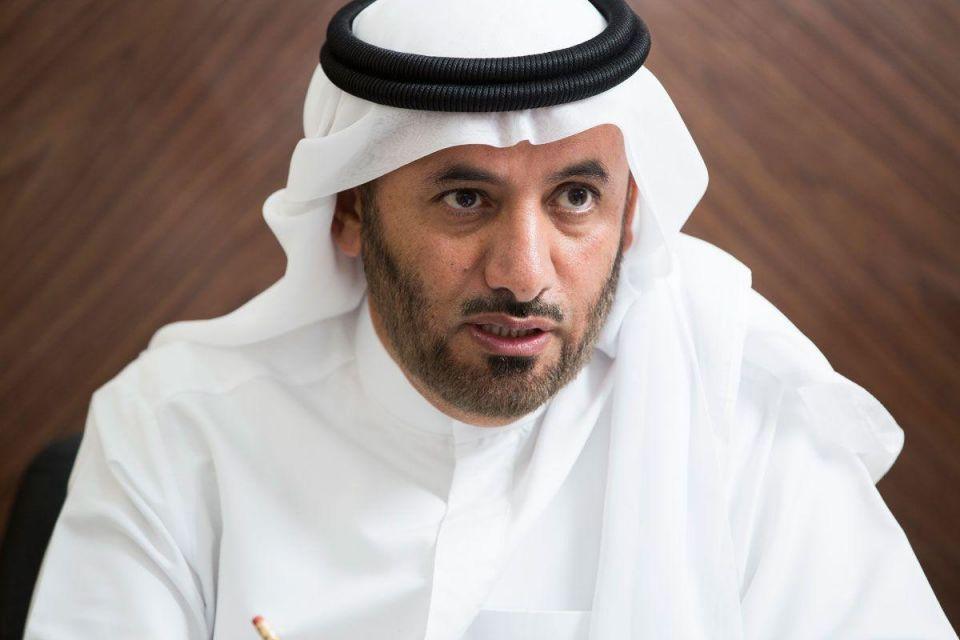The rapid emergence of virtual banks in the past decade has proven to pose existential threats to conventional banks around the world, forcing them to keep abreast of technology to remain relevant.
The question remains, how will these conventional banks get ahead of this type of online financial institution?
To begin with, virtual banks need no physical infrastructure, no paper and small manpower to provide the same financial services as traditional banks do such as deposits, loans and insurances — everything on a fully digital ecosystem at greater efficiency.
Unlike traditional banks, virtual banks have no physical premises in the real world.
Former Bank Negara Malaysia (BNM) governor Tan Sri Dr Zeti Akhtar Aziz in an interview 17 years ago acknowledged the importance of technology in reaching out to new and existing customers.
"Greater adoption of information technology (IT) by our banks would also result in improvements in the banks' information systems, as well as integration of internal IT platforms.
"All this would result in greater integration of the banking business with technology, and that would eventually translate into greater operational efficiency in the banking sector and allow for the evolution of new business approaches and more competitive pricing," Zeti had predicted then.
Fast forward to 2018, an industry expert believes if there is no aggressive move by conventional banks, virtual banks are set to take over as they are more relatable to new generations.
"Those who were born in the 60s, 70s and 80s have the money now and they are used to the current banks. Give another 10 years when those aged 18 become 28 and they start to earn their own money, which bank would they go to? They do not want to move, but will see who offers them (financial services) on mobile phones," FinTech Association of Malaysia president Mohammad Ridzuan Abdul Aziz (picture) told The Malaysian Reserve.
He said local traditional banks with some level of Internet banking or mobile banking services are not considered as virtual banks because not all functions are available online and they still rely on physical branches, as well as face-to-face interactions with customers.
According to him, there is an awareness about virtual banks among financial regulators in the country, but stressed that decision-makers at the majority of local banks may need to step up and be more progressive towards the new way of banking.
Local lenders need to think of a new business model to venture into virtual banking, which may involve new investment, integrating different functionalities, data federation, a reinvention of human capital and management.
He added that non-bank players are now racing to provide financial services digitally in the form of lifestyle solutions that have added pressure to conventional banks to catch up and compete.
Mohammad Ridzuan, who is also the country director and head of Asean at WorldRemit Ltd, said local banks should not underestimate their regional peers in Thailand, Indonesia, Myanmar and Laos because the ecosystem development in the neighbouring countries is very exciting and they could leapfrog and overtake Malaysian banks.
Other digital-only banks around the world include Ally in the US, CBD Now in the United Arab Emirates and Fidor Bank in Germany.
Not all is lost though, as Mohammad Ridzuan believes that the Interoperable Credit Transfer Framework issued by BNM would support the ecosystem for Malaysian banks to make inroads into virtual banking.
While Malaysia is yet to have a single virtual bank, other countries in the US, Europe, the Middle East and India are ahead with some 100 virtual banks combined that already exist.
In South-East Asia, he said, Singapore has one virtual bank known as digibank which is powered by the region's biggest bank DBS Bank Ltd.
digibank — which was launched in India in 2016 — is a completely paperless, signatureless and branchless bank.
The bank, which is India's first mobile-only bank, was also rolled out by DBS in Indonesia in 2017.
_PH_Banner_(Desktop)(1200x180px).png)
.jpg)
.jpeg)








.jpeg)
.jpg)
